Advantages Of Roof Repairs

The advantages of roof repairs are numerous. Aside from providing a way to patch any roof problems that occur, roof repairs also offer countless additional benefits. Following are just some of the other benefits to keep in mind when considering roof repairs;
Increases your roof’s lifespan
The most critical investment in any building is its roof and it is undoubtedly wise to ensure you get the best bang for your buck by increasing your roof’s lifespan. Roof repairs provide an assist in this area by helping you in avoiding costly roof replacement as any problems will be fixed as soon as they happen.
By repairing your roof whilst it is nearing the end of its lifespan will additionally help you by buying you some more time to gather the required money for the replacement. If you suspect that your roof has any issues, have it inspected by a professional to ensure the right course of action is taken.
Prevent extensive roof damage
Regular roof repairs can help prevent any significant roof damage that may occur as a result of minor issues that are left for too long. The regular maintenance allows for these issues to be identified promptly. For instance, a small leak may be initially ignored but, if it is left for too long it could lead to roof damage throughout.
Thus, regular repairs will help you save money in the long run as you will not be required to spend large amounts of money on repairs associated with extensive roof damage due to your roof not being repaired when it was needed.
Protects your warranty
Modern roofing systems often require regular maintenance and repairs in order to keep its warranty. This is a result of the continuous harsh elements that the roofs are exposed to. These elements that can cause damage and failing to fix these problems is considered as neglect. Consequently, it is wise to consider scheduling consistent roofing appointments with a professional roofer to ensure any necessary repairs are undertaken before they lead to costly issues.
It is definitely worth considering roof repairs. They can increase your roof’s longevity, prevent extensive roof damage and protect your warranty. These benefits can aid you in both the long and short term. It should be clear now that you should invest in a roof inspection by reputable professionals who will assist you with any roof repairs in order to see that your roof stays safe and intact for many years.
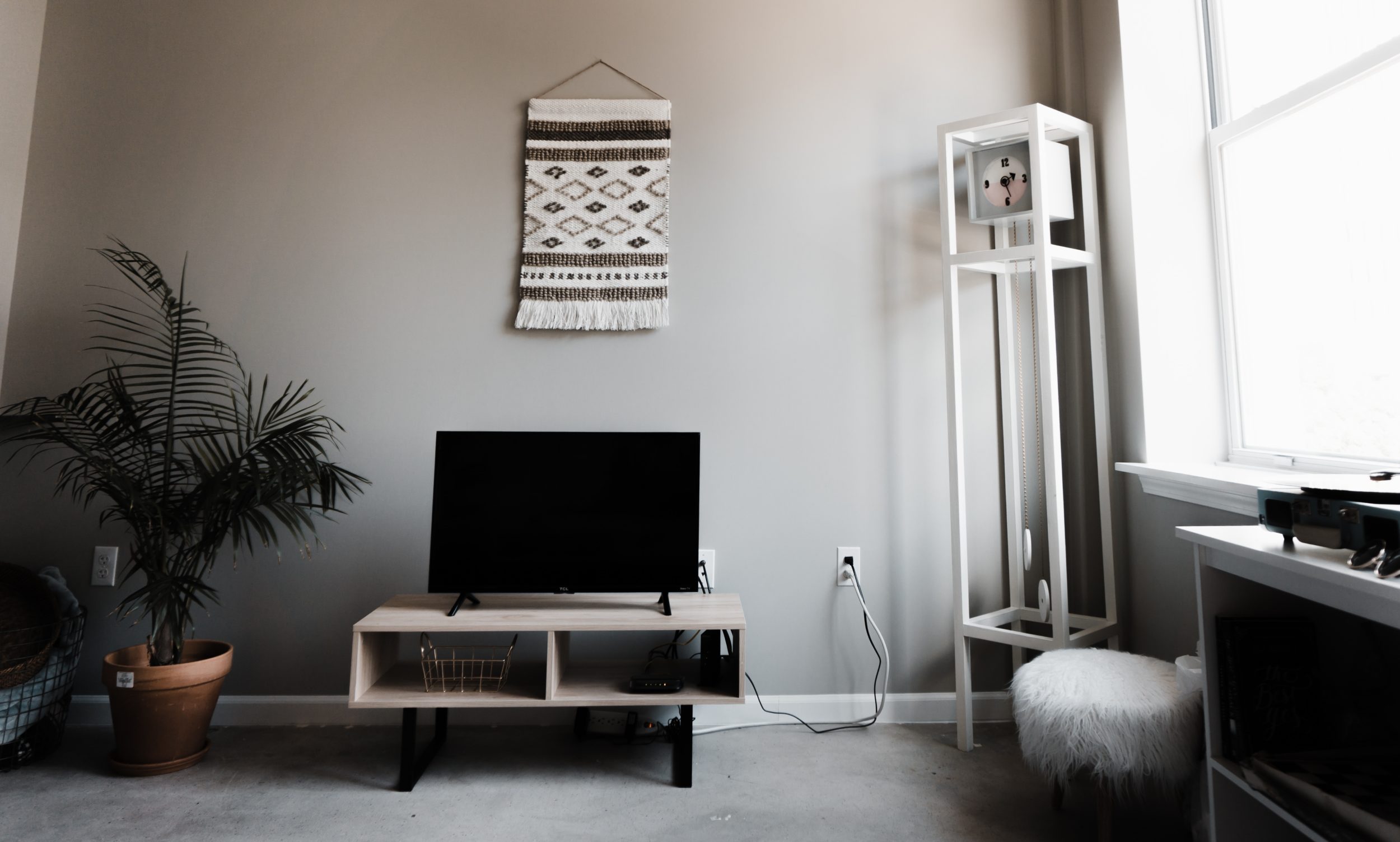
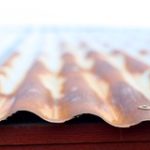
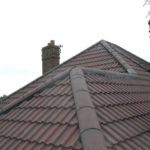 A tile roof is one of the best options if you are looking for a roof that lasts long. They are also very beautiful on any property especially if they are installed by an experienced roofing company. As with any roofing material, tile roofs can get damaged. Here are the signs that your tile roof is having issues and that you need to repair them right away.
A tile roof is one of the best options if you are looking for a roof that lasts long. They are also very beautiful on any property especially if they are installed by an experienced roofing company. As with any roofing material, tile roofs can get damaged. Here are the signs that your tile roof is having issues and that you need to repair them right away. When it comes to electricity, safety is extremely important. High bills, flickering lights, and damaged appliances are a sign of electrical problems in your home.
When it comes to electricity, safety is extremely important. High bills, flickering lights, and damaged appliances are a sign of electrical problems in your home.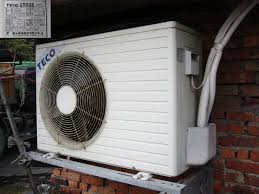 In as much as we would want to have an air conditioning system that works without any issues, problems are somewhat investable with most machines and the same goes for the HVAC. It the AC is not put to use for a long while it is bound to have issues and this is also bound to happen when it is in constant use. Some of the most common air conditioning problems people encounter include:
In as much as we would want to have an air conditioning system that works without any issues, problems are somewhat investable with most machines and the same goes for the HVAC. It the AC is not put to use for a long while it is bound to have issues and this is also bound to happen when it is in constant use. Some of the most common air conditioning problems people encounter include: One of the things that we notice here at
One of the things that we notice here at 
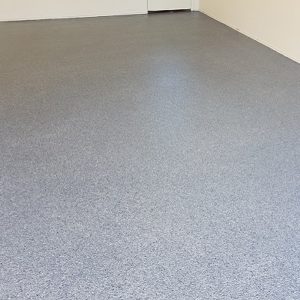
 When you take a look at the different types of roofing materials, what jumps out at you? Here we take a look at what the team at
When you take a look at the different types of roofing materials, what jumps out at you? Here we take a look at what the team at  Stairs provide a means to move from one level to another safely and easily. There are many types of stairs, and as a matter of precaution, they must have side rails that can assist in the climbing activity. All stairs will have treads and risers that must be comfortable and safe to use. 12-inch treads and 6-inch to 8-inch risers are a standard that is accepted in most building codes.
Stairs provide a means to move from one level to another safely and easily. There are many types of stairs, and as a matter of precaution, they must have side rails that can assist in the climbing activity. All stairs will have treads and risers that must be comfortable and safe to use. 12-inch treads and 6-inch to 8-inch risers are a standard that is accepted in most building codes.